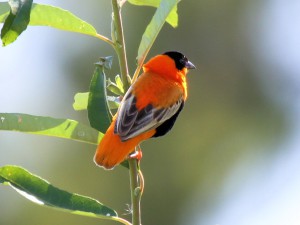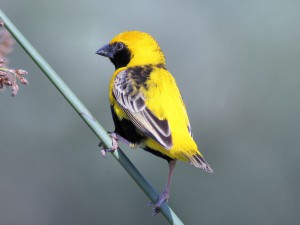Migration of Red-throated Pipits
One of the most amazing migratory flights is that of the Red-throated Pipit Anthus cervinus. This pipit breeds primarily in eastern Europe and Asia, almost completely above the Arctic Circle, and on the Kamchatka Peninsula. There are also some breeding grounds in Alaska’s northwest coast, Bering Sea islands, and possibly also in the Yukon.
Most Red-throated Pipits migrate down the western Pacific and winter in China and as far south as Australia. Some of the more eastern breeders take a more easterly route. These 6-inch passerines fatten up on the islands in the Bering Sea and then head off on a 3,000 mile flight across the Pacific Ocean to the California coast. While annual each October in southern California in small numbers, mostly on sod farms, Red-throated Pipits are almost unheard of much north of the San Francisco Bay Area. This tells us that they rarely follow land and fly straight across the ocean. The Red-throated Pipits that migrate through SoCal winter in Baja California. eBird records show them wintering near La Paz, Baja California Sur, Mexico. Continue reading









